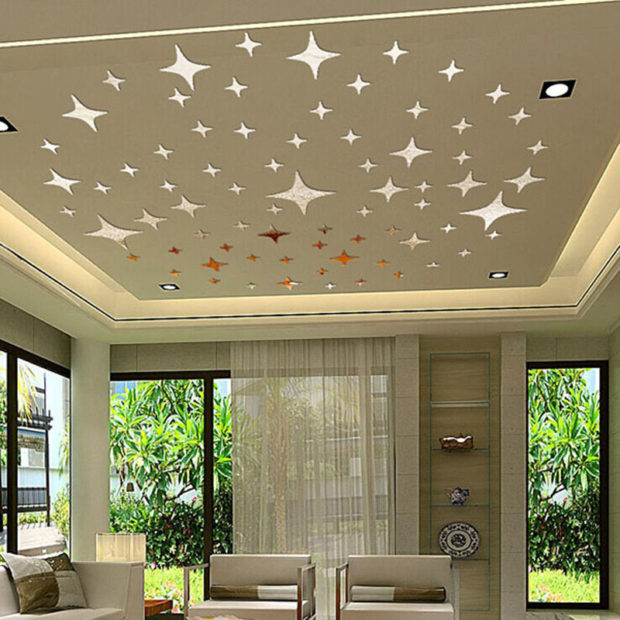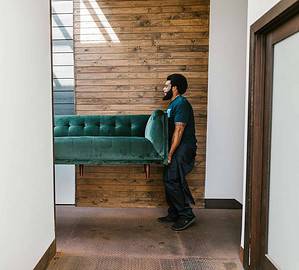
The year 2017 is finally here, which means that those DIY projects we’ve been putting off until the new year need to be tackled!
But don’t worry, home improvements don’t always have to be met with dread and fear. Thanks to the latest developments in home improvement technology, your house can look incredible for half the effort!
If you’re looking to start the year with a fresh new look for your ceiling, we’ve created a comprehensive guide on how to transform it. Read on to find out more.
Painting
We’ll start our guide with good, old-fashioned paint. Painting a ceiling can be a little bit tricky for the non-experienced, but once you’ve chosen your colour, and the type of paint you’ll be using, it’s time to prep your surface.
Before you start painting, make sure your surfaces are clean, dust-free and totally dry. If you do need to get a bit of grime from the ceiling, use a small amount of detergent to wash, rinse with clean water and be sure to let it dry completely before you even consider painting.
If your ceiling has been previously painted with gloss, you’ll need to rub it down with sandpaper.
Once your ceiling is prepped, you can begin painting! Make sure you give your ceiling at least two coats of paint, sometimes three is needed if you’ve chosen a particularly dark colour. Also, ensure that you start painting around the light fittings first, then along the ceiling line.
Tiling
While this can be an extremely difficult method of decorating, some people have their heart set on a tiled ceiling, especially in bathrooms or shower rooms.
Once you’ve measured your ceiling, determined what size ceiling tile you’ll need, you can start fitting your tiles. Start in the corner, and work your way out toward the edges. Remember that ceiling tiles are made to lock together, with two slightly grooved edges and two tongued edges. On your first corner tile, the tongued edges must face towards the centre of the room, so you can fit the other tiles to the first.
Apply adhesive to the back of your tiles, starting in the centre and finishing about an inch from the edge. As you work, you’ll be slotting each tile into the other. It its recommended that you also install cove moulding around the edges of the ceiling, to ensure your design is perfect.
Cladding
Out of all three of the decorating methods mentioned in this post, installing ceiling cladding is the easiest and quickest way to a fantastic DIY project.
There is no need to prep your ceiling, or ensure its skimmed, you can start straight away. As before, measure your ceiling as accurately as possible. Transfer that measurement onto your new ceiling cladding and cut to size.
Once your panel is cut to size, apply a generous amount of adhesive to the back of the panel and secure into place. You can then screw in the tongue section of your panel. Repeat this process for each of your panels, and they will neatly lock into place using the tongue and groove edge.
If you’re struggling with any of these stages, watch this useful video on how to easily fit ceiling cladding.
This method of decorating is really well suited to all rooms of the house, and can be used as bathroom ceiling cladding. This works particularly well due to the lack of grouting in the panelling, resulting in keeping the mould to a minimum.
After reading this post, you should be well versed on the different ways you can decorate your ceiling. Whether you’ve settled on paint or bathroom ceiling cladding, with our guide you’ll be able to renovate your home in whatever style you choose!



